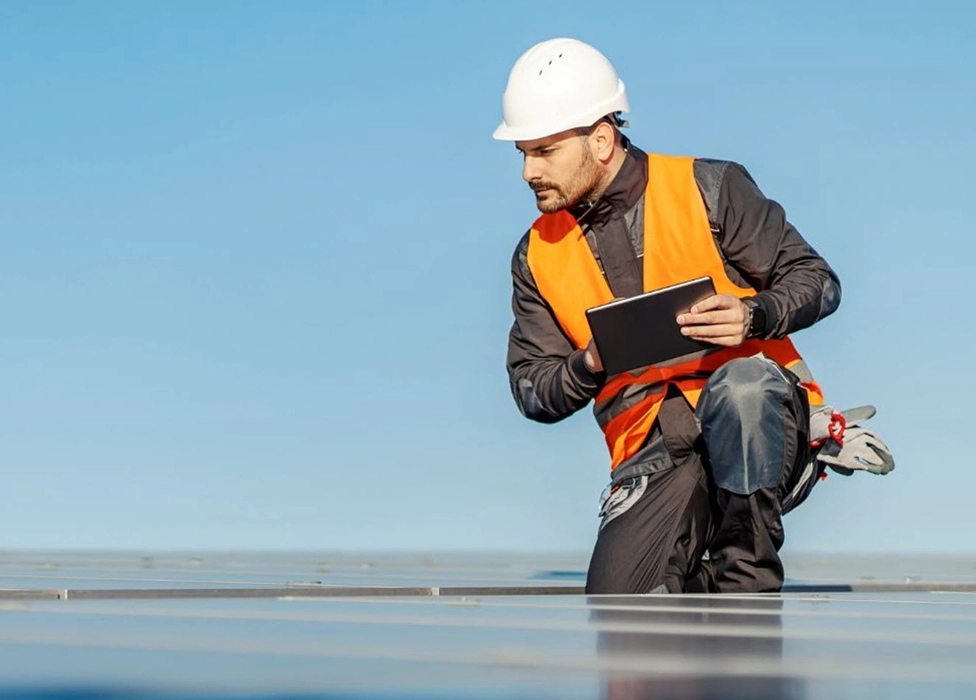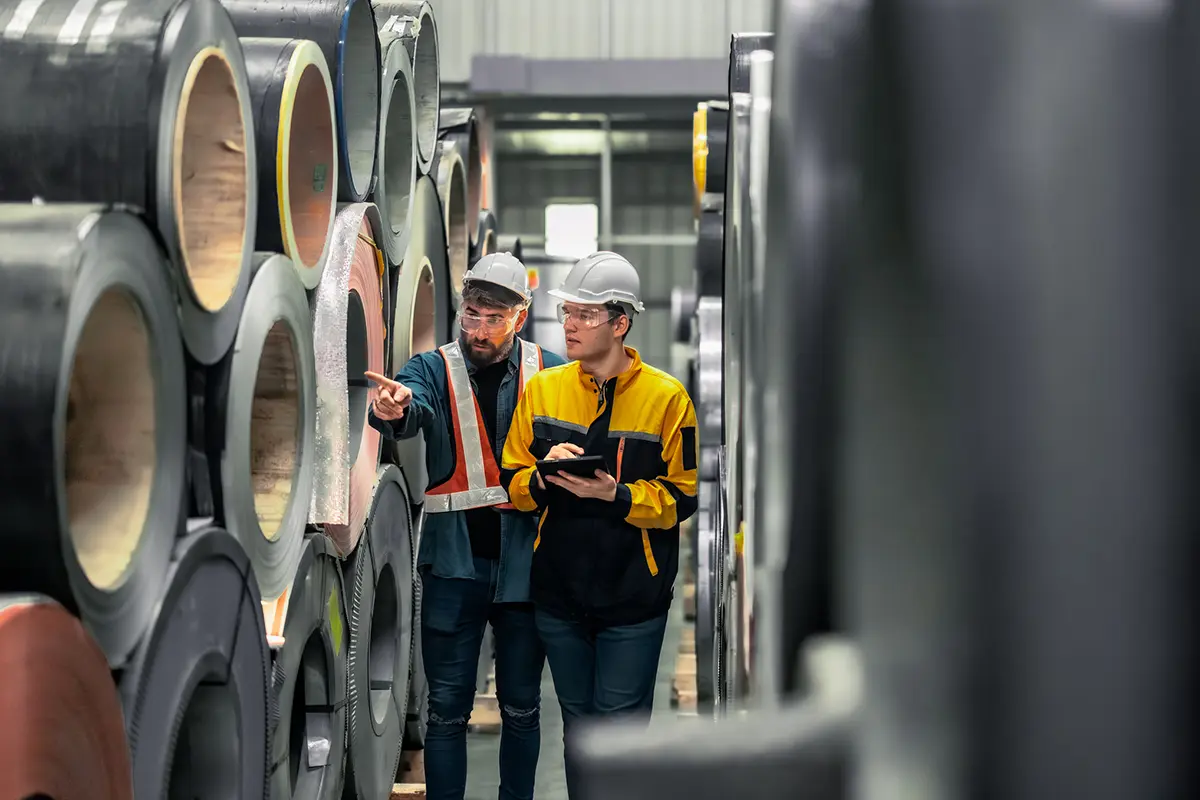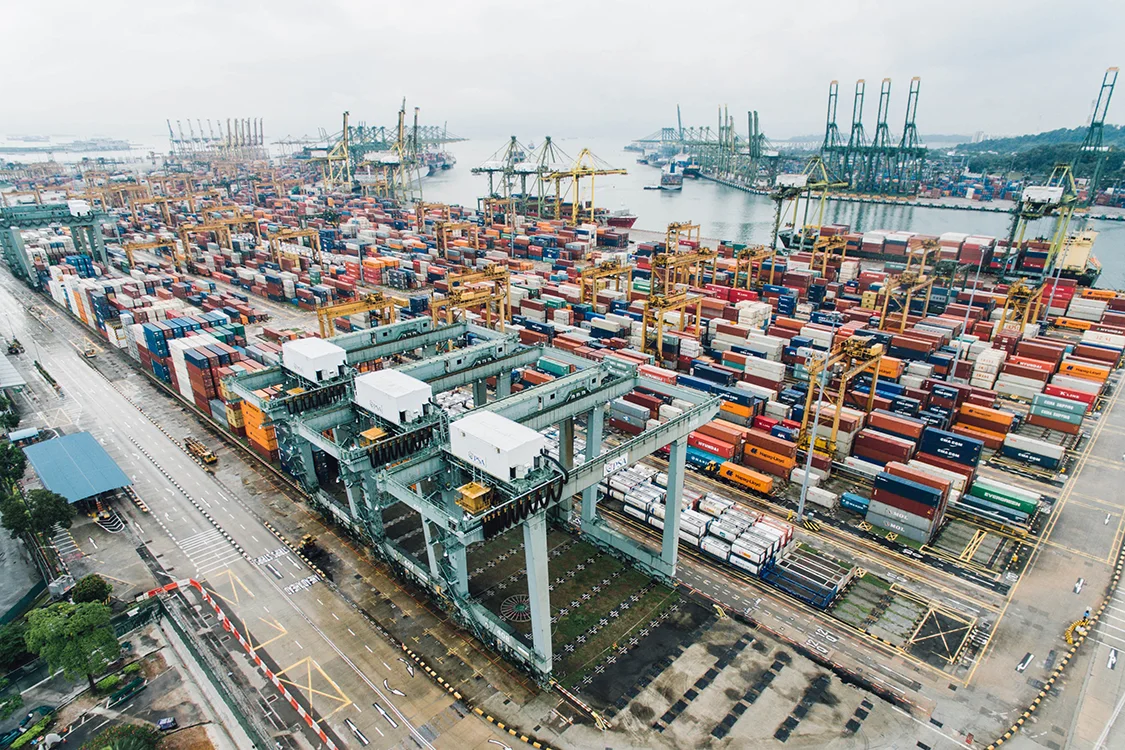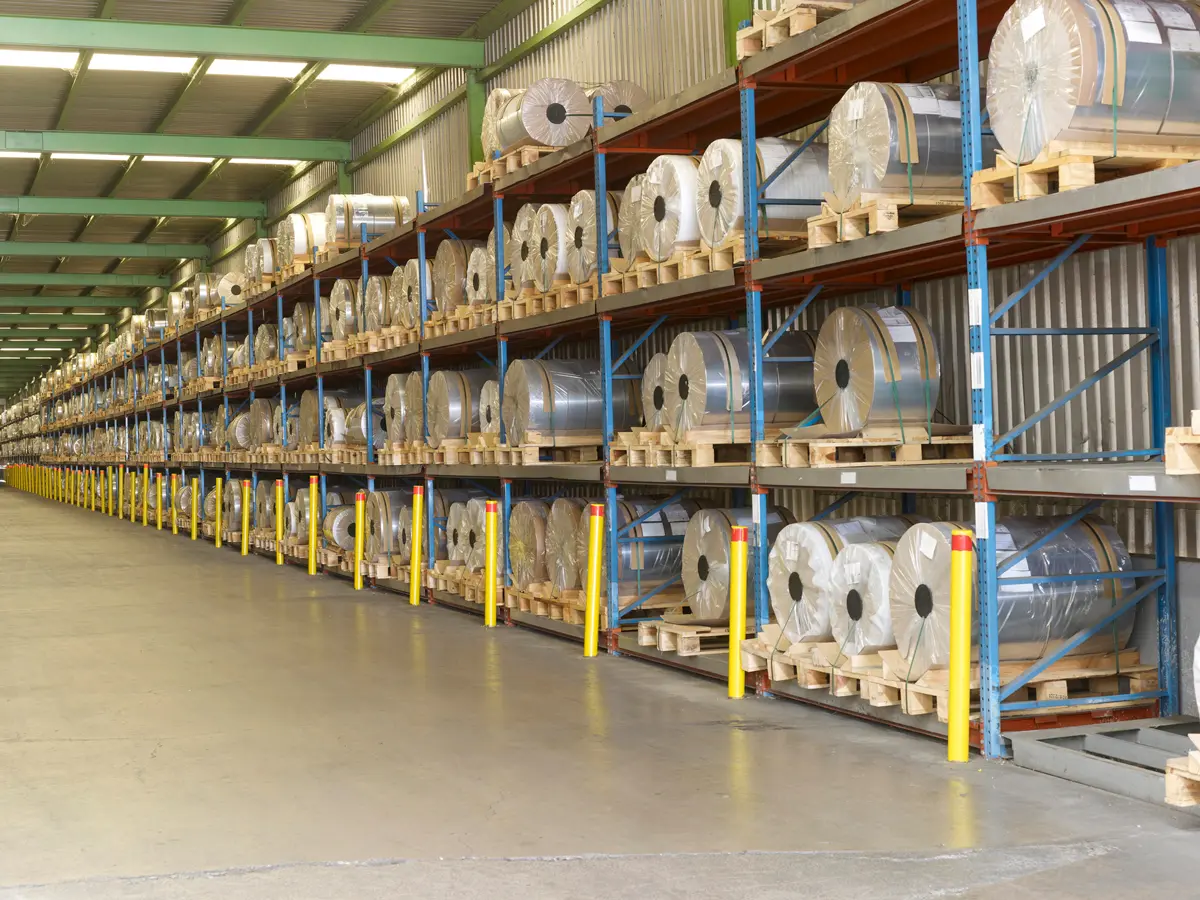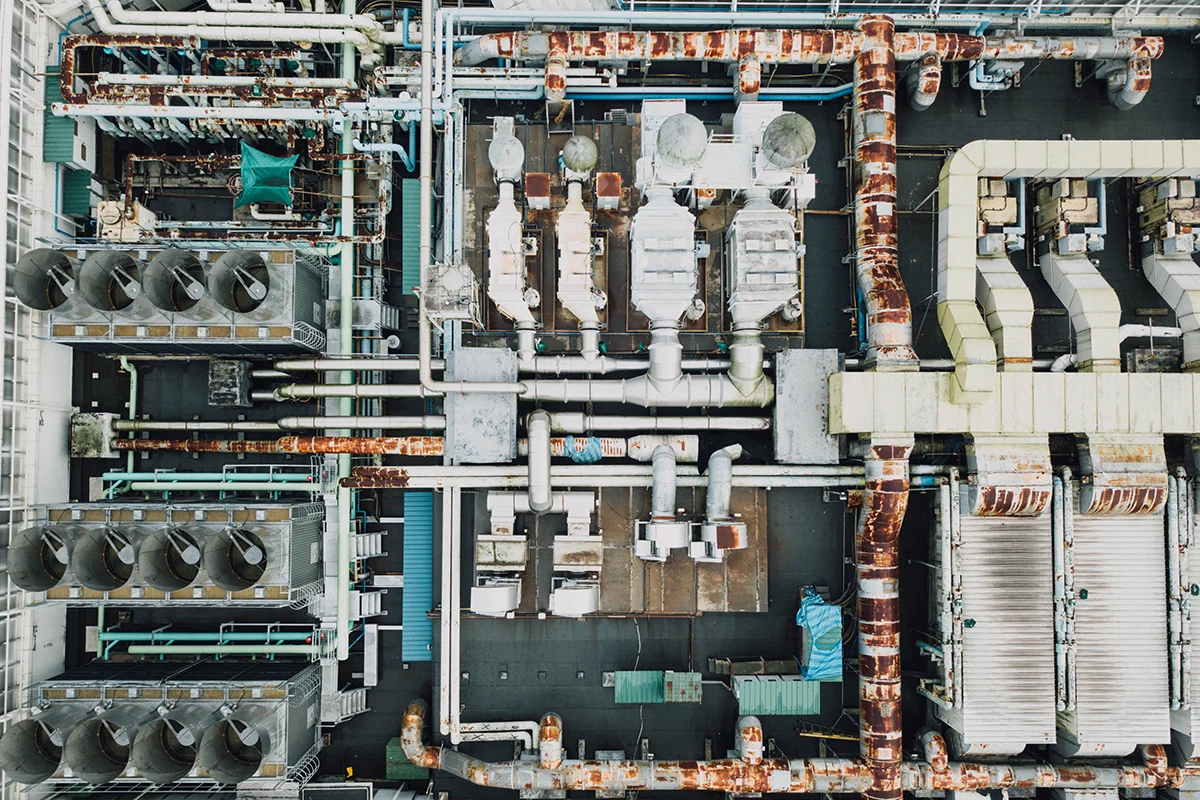Mining and resources organisations are under growing pressure when it comes to carbon accounting. In June 2022, the Australian Government reaffirmed Australia’s commitment to achieving net zero emissions by 2050 and achieving more ambitious targets by 2030.
As well as the need to report – in granular detail – on mining carbon emissions, there’s also an expectation that organisations take steps to actively improve emissions.
Contents
- What’s standing in the way of effective carbon accounting?
- The need for sophisticated carbon accounting software
- Why do mining and resources organisations need to measure emissions?
- What do you see as the main barrier to effective measurement and reduction?
- What do organisations need to measure?
- How do we achieve decarbonisation with technology?
- What else do we need to consider for effective decarbonisation?
- What other factors do organisations need to consider?
What’s standing in the way of effective carbon accounting?
Here at Metallurgical Systems, one of the biggest hurdles we see with regards to carbon accounting is that organisations are relying on limited or no technology to extract data – or relying on third-party consultants with no in-depth metallurgical or engineering expertise.
While some organisations are making great progress, others are still relying on the same legacy systems and processes they have been using for many years. For these organisations, accurate greenhouse gas accounting is going to become increasingly challenging.
Failure to measure carbon emissions from mining effectively has the potential to affect all kinds of areas – from an organisation’s reputation to their ability to secure funding and investment, capacity to attract and retain skilled workers, and their overall operating productivity and profit.
The need for sophisticated carbon accounting software
To meet regulatory requirements for mining industry carbon emissions, as well as identify specific and practical ways to lower emissions year on year, organisations need powerful carbon accounting software. This is where Metallurgical Intelligence® comes in. Recently, our Managing Director, John Vagenas, was invited to sit on a panel discussion hosted by AusIMM to discuss how technology and subject matter experts can enable more effective ESG measurement and compliance. You can register to watch the panel discussion and can also read a full Q&A with John prior to the event, in which he shares his thoughts on the importance of why we need to accurately and transparently measure emissions, precisely what we should be measuring, and how to do this using proven, existing technology.
Why do mining and resources organisations need to measure emissions?
As the world moves towards achieving net zero emissions in the next 30 years, organisations of all sizes across all industries are under increasing pressure to track, analyse and reduce their footprint. In June this year, the Australian Government reaffirmed Australia’s commitment to net zero emissions by 2050, and also committed Australia to more ambitious targets by 2030. This puts industries like mining and resources, responsible for around four to seven per cent of the world’s greenhouse gas emissions (McKinsey, 2020), under particularly intense pressure.
While some organisations in our sector are making great progress in this area, it’s going to get increasingly difficult for those who are behind on their digital transformation execution. Failure to measure emissions effectively has the potential to affect an organisation’s reputation, ability to secure funding and investment, capacity to attract and retain skilled workers, and largely their overall operating productivity and profit.
What do you see as the main barrier to effective measurement and reduction?
The main problem we see at Metallurgical Systems is that organisations simply don’t have the right technology in place. If you can’t measure and report transparently on your operations at a granular level, then there is no baseline from which to accurately calculate the reduction in emissions. Unless you can calculate emissions reductions, it’s impossible to evaluate the most effective decarbonisation strategies, which could include changing processes or implementing new green technologies.
Often, reporting is still done manually using office spreadsheets and assumptions, or sporadically by third-party consultants who are not technical engineers or metallurgists. This is a major barrier for our sector.
What do organisations need to measure?
There are two aspects. First, there’s the information that organisations are legally obligated to report according to the jurisdiction in which they operate. Organisations generally need to report on Scope 1, Scope 2 and Scope 3 emissions as outlined by the GHG Protocol. Many are also required to show year-on-year improvement.
Second, there’s the information that can help an organisation determine how to reduce its carbon footprint and operate more sustainably. To effectively reduce waste, improve yield and implement new, green processes, organisations must first understand exactly where emissions are occurring at every step of the production process, and how things can be improved.
Currently, the mining sector is highly dependent on traditional energy sources, and the main source of GHG emissions for mining and minerals is energy consumption. Decreasing ore grades and increasing strip ratios, as well as growing demand for larger quantities of metal concentrate, are driving a greater reliance on energy, and highlighting the need for more sustainable energy sources.
It’s important to remember that the GHG emissions associated with individual mining and minerals processing operations are highly variable due to site-specific differences. An organisation’s level of emissions can depend on its ore mineralogy and grade, the type of mining used to extract the ore, and the processes used to refine the ore. The geographical location of the site must be considered. Some sites are so remote that access to the grid or the supply of gas is unattainable, leading sites to use diesel fuel or heavy fuel oil (HFO) as their fuel source for power.
How do we achieve decarbonisation with technology?
Achieving better ESG outcomes, especially when it comes to measuring emissions and consumption, is all about having the most current technology designed specifically for the minerals processing industry. With the right metallurgical accounting and process optimisation solution, it’s possible to track, report, manage and reduce a plant’s emissions – as well as its power and water consumption – in granular detail. The right digital solution has the potential to support organisations with their ESG in four key areas: ensuring energy efficiency, improving yield, reducing greenhouse gas emissions, and driving new, green processes.
The right technology should also enable organisations to access all necessary information via dynamic dashboards, and to test and trial scenarios. Without technology that can collate all the information for testing, it is impossible to measure emissions in granular detail accurately, transparently and consistently year-on-year. It’s also more difficult to identify and test ways in which the organisation can improve its ESG performance or implement ‘green’ solutions.
What else do we need to consider for effective decarbonisation?
As mining and minerals processing is an energy-intensive industry, we also need to focus closely on the source of the energy we are using. We need cheap, reliable power that minimises emissions. This is particularly the case if Australia is to grow our local manufacturing capacity with more downstream processing – generating more local jobs, and reducing reliance on offshore processing. To ensure Australia isn’t just the world’s quarry, but a competitive global leader in both the extraction of raw materials and their complete processing, we need to implement proven, sustainable, reliable, and economical power sources.
What other factors do organisations need to consider?
It‘s worth noting that digital tools are effective only if they’re deployed by experienced professionals with skills to analyse and understand the data. There are qualitative and quantitative factors at play in ESG performance. However, with a sophisticated digital twin solution in place, qualified professionals can determine more accurately how and where to make improvements.
More information
Hear John Vagenas speaking on technology and decarbonisation as part of AusIMM’s Thought Leadership Series, available as an on demand webinar.
We originally published this article in collaboration with AusIMM. Read the article.
About the authors
This article has been collaboratively authored by the team at Metallurgical Systems, and fact-checked and authorised by Managing Director and industry specialist John Vagenas.

